23 Questions that Cultivate Deeper Learning Mindsets
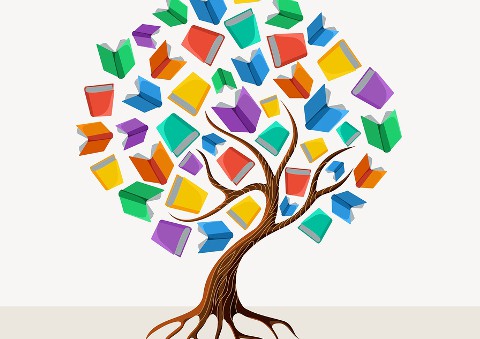
A fellow educator recently asked me, “What are some of the best ways that educators can teach deeper learning mindsets?”
“Good question. One way is to model them,” I said.
“How do educators model these mindsets?” he asked.
“We need to have professional learning opportunities for educators that mimic the types of environments we seek to create for and with students.”
Professional learning opportunities that include time to wrestle with big questions and to reflect on our own learning will help educators model what deeper learning advocates call academic mindsets, loosely defined as the skills, dispositions and mindsets positively associated with academic success, and help cultivate deeper learning experiences they seek to create with students.
Let’s take a look at some of the critical components of deeper learning mindsets and how these can be applied to the adult learner in professional learning environments.
Here are 23 questions you can ask in professional learning that cultivate deeper learning mindsets.
Create a strong sense of a community of learners and value intellectual engagement with others.
Questions for Professional Learning + Reflection:
- How effectively does the staff meet to create a strong sense of community? Is each staff member valued as a learner and a contributor to the overall mission of the school/organization?
- How and when do you collaborate as a professional learning community?
- Do students see this collaboration? And importantly, are students invited to staff meetings and/or to meaningfully contribute when wrestling with all school issues or decision making?
- Do students have an opportunity to help adults with genuine problem solving?
- How are students involved as schools leaders alongside adults?
- Are students seeing adults that are intellectually engaging with – and wrestling with – complex problems?
Take Action: We know that to develop academic mindsets, students should have positive attitudes and beliefs about themselves as learners. Seek opportunities to involve students meaningfully and watch their self-esteem and self-efficacy increase.
Recognize that your own learning is a social process and seek assistance from colleagues online and in person to support your own professional learning and growth.
This could take the form of a learning plan and/or opportunities for educators to create their own professional learning. This could be online and/or in person- i.e. blended and competency-based approaches that are recommended by the NGLC network of schools, for example.
Questions for Professional Learning + Reflection:
- What’s my vision for this school year? This quarter? This month?
- What are my specific goals related to my vision?
- And, how am I going to get there? What projects do I need to be working on to accomplish my goal?
- How can I make my own learning plan public so that students can see my vision, goals and projects and support me in my own growth?
Take Action: Share with students what you are working on. Allow them to see you as a learner. Ask them for their help and feedback on a specific project of interest to you.
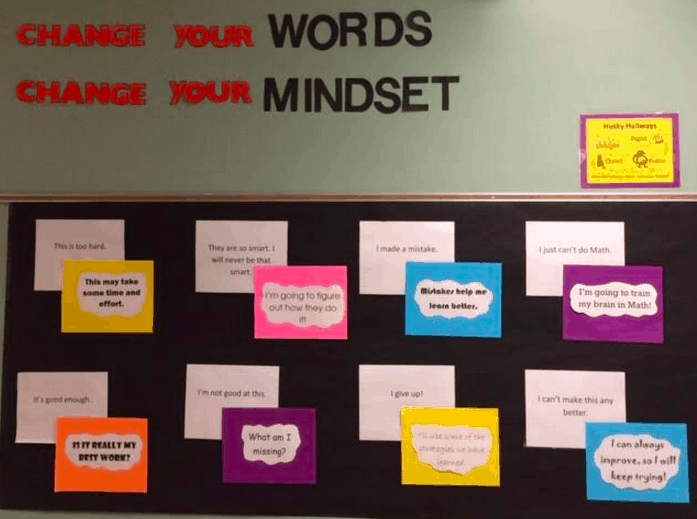
Model a growth mindset.
Questions for Professional Learning + Reflection:
- If and when you have the opportunity to learn something new, what’s your approach?
- When is the last time you learned a new app, program or technological solution? How did you share that new learning with students?
- When reflecting on something that you have learned recently, what kind of impact has it had on you and by extension your students?
- In what ways do your own statements about learning support a growth mindset? How do you know? What can you say to students about their work that supports a growth mindset?
- What resources, materials and/or curriculum is available for use at your school that supports a growth mindset?
- In what ways can you share with students your own struggles and successes with your current and/or previous work?
It’s important to note that Carol Dweck, the Stanford researcher who coined the term “growth mindset,” has had recent reflections on her work. In her recent article in Education Week, Carol Dweck Revisits the ‘Growth Mindset’, Dweck writes about what she calls a ‘false growth mindset’, the lack of alignment between professing to have a growth mindset on the one hand and very little follow through in words or actions to back that up. Dweck writes:
“How can we help educators adopt a deeper, true growth mindset, one that will show in their classroom practices? You may be surprised by my answer: Let’s legitimize the fixed mindset. Let’s acknowledge that (1) we’re all a mixture of fixed and growth mindsets, (2) we will probably always be, and (3) if we want to move closer to a growth mindset in our thoughts and practices, we need to stay in touch with our fixed-mindset thoughts and deeds. If we ‘ban’ the fixed mindset, we will surely create false growth–mindsets. (By the way, I also fear that if we use mindset measures for accountability, we will create false growth mindsets on an unprecedented scale.) But if we watch carefully for our fixed-mindset triggers, we can begin the true journey to a growth mindset.”
One way educators (and parents) can become aware of ‘false growth mindset’ is to regularly reflect on how they may face setbacks. Dweck recommends asking yourself how you feel when you face challenges. Do you become anxious, incompetent or defeated? If so, this could be an opportunity for your own growth. She recommends accepting your thoughts about how you face challenges and through awareness and reflection. You can turn professional or personal frustration into a learning opportunity.
Take Action: Share your own learning struggles with your students, if applicable. Let them see that you have faced challenges and how you have overcome them.
Talk about how learning has been relevant to your life.
Questions for Professional Learning + Reflection:
- What stories can you share with students about how something you have learned has created depth or has been relevant to who you are now as a person?
- What concepts, knowledge and wisdom gained through your own school and life experiences might be relevant to your students? What books have you read that have been particularly impactful?
- How can students connect the dots between what they are learning now and their own experiences? How are you helping them to see those connections?
Take Action: Taking the long view is not something that is easy for students, whether they are five or 15. In particular, adolescents are not known for their ability to see the “bigger picture.” Any way you can remind them there is a connection to life after high school could serve them in their own development. Try hanging a sign in the room that asks, “What’s your vision and how can I help you to get there?” (You could adjust this question depending on the age of the students). Regularly use that question as a touchstone to their life after high school.
This sounds obvious, but ask questions and genuinely listen. At my school, we aimed for 7 questions to every 1 declarative statement when having 1:1 meetings with our high school advisees.
Demonstrate meaning in learning. Connect content knowledge to your own life and interests.
Questions for Professional Learning + Reflection:
- What’s the connection between what I am currently learning and my role as an educator? What else do I need and want to learn?
- In what areas can I continue to be a learner? What am I personally and professionally interested in? How can my professional learning opportunities be more relevant to my own needs as a learner?
- How can I share what I am doing in my professional learning with my students? What sort of impact could this make?
- What projects that I am taking on could I involve my students in? How can I learn alongside my students?
Take Action: Project-based learning provides rich opportunities to learn alongside students. Follow a project process (as defined by PBL experts such as Buck Institute for Learning or the folks at Big Picture Learning or New Tech Network, among others) and model learning something new alongside a student.
In an article titled “Does Deeper Learning Have a Race Problem?” by Jal Mehta, he concludes, “[T]he only way to increase the stock of people clamoring for deeper learning is to have people actually experience what it is like to learn deeply. Thus for those who believe in deeper learning, they need to think not only about students, but also parents, legislators, and others who influence the schooling process. Once people have been part of a powerful learning experience, they are much more likely to want to build a whole system full of them.”
The more we wrestle, wrangle, reflect, show up, display a willingness to learn, collaborate and involve students – we are displaying, in thoughts, actions and words, what deeper learning is and means. The more we can model deeper learning mindsets through our own actions and our intentional conversations with students, colleagues, parents and policy makers, the more we are able to deeply embed powerful learning experiences into schools, for adults and students.
For more on deeper learning, see:
- Preparing Leaders for Deeper Learning
- Preparing Teachers for Deeper Learning
- 6 Categories of Deeper Learning Skills for Education Leaders
Stay in-the-know with all things EdTech and innovations in learning by signing up to receive the weekly Smart Update.
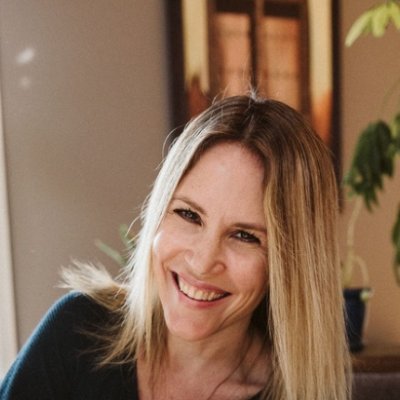

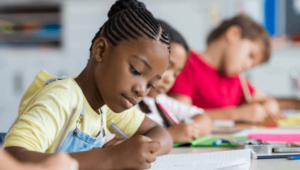
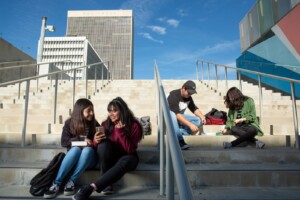
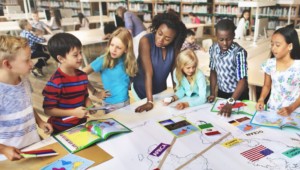
0 Comments
Leave a Comment
Your email address will not be published. All fields are required.